South Shetland Islands: Where Penguins & Adventure Collide
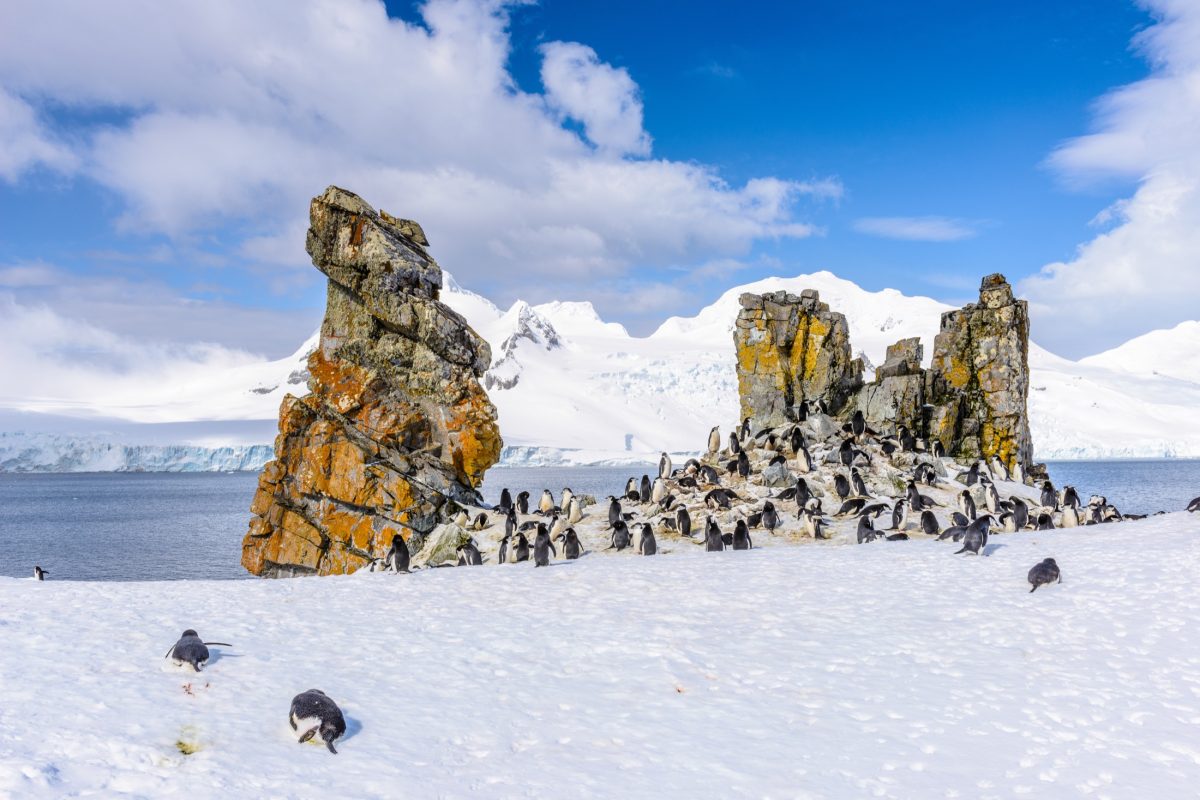
Introduction to the South Shetland Islands in Antarctica
Overview of the South Shetland Islands
The South Shetland Islands are a group of islands located in the Southern Ocean, northwest of the Antarctic Peninsula. They are known for their rugged terrain, icy landscapes, and diverse wildlife. The largest island in the group is King George Island, which is home to several research stations operated by various countries.
The South Shetland Islands are a popular destination for scientific research expeditions and tourists interested in experiencing Antarctica's unique environment.
History and significance of the South Shetland Islands
The South Shetland Islands were first sighted by William Smith, a British explorer, in 1819. The islands were named after the Shetland Islands in Scotland. Over the years, the region has been used for scientific research due to its proximity to the Antarctic Peninsula and unique ecosystem. The presence of penguins, seals, and various bird species has made the South Shetland Islands an important area for studying the effects of climate change on wildlife.
The islands also hold historical significance as they were a base for early Antarctic explorers. The harsh conditions and remote location of the South Shetland Islands presented many challenges for explorers but also provided valuable information about the continent of Antarctica.
While the South Shetland Islands may seem desolate and uninhabitable, they play a crucial role in the ecosystem of Antarctica and the world as a whole. Their remote location and extreme climate make them a unique environment for researchers and visitors alike.
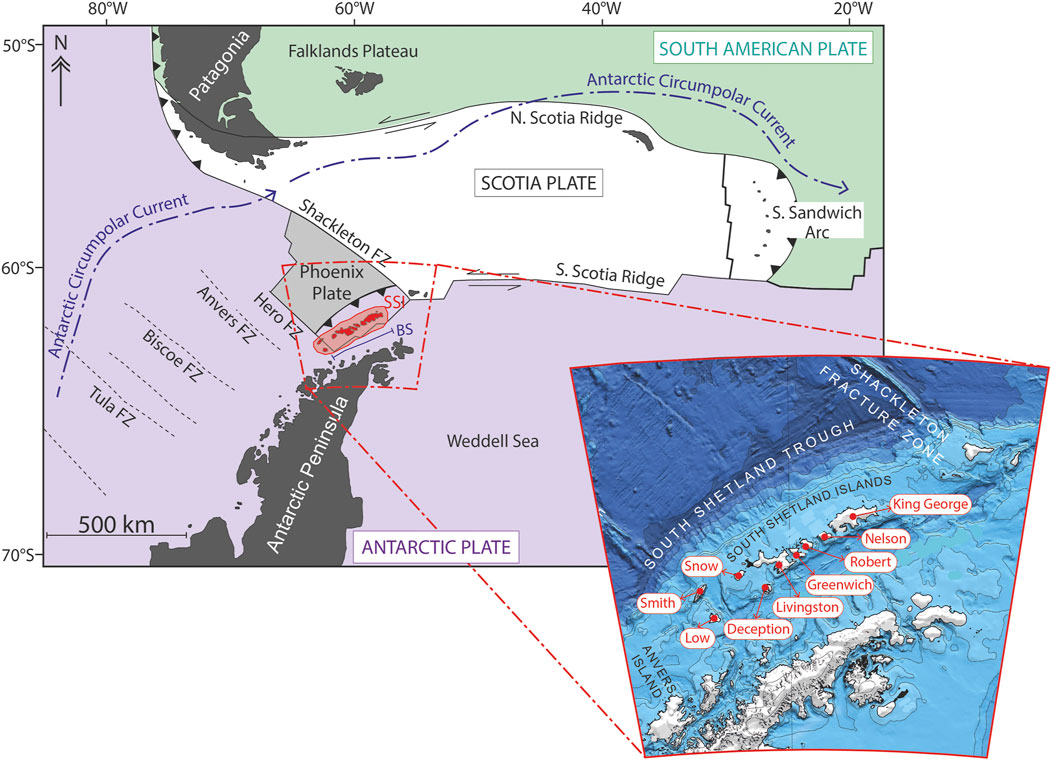
Geography of the South Shetland Islands
Location and formation of the South Shetland Islands
The South Shetland Islands are in the Southern Ocean, northwest of the Antarctic Peninsula. The largest island in the group, King George Island, is home to several research stations. These islands have been crucial for scientific research throughout history due to their strategic location near the Antarctic Peninsula.
Climate and weather patterns in the South Shetland Islands
Cold temperatures, strong winds, and icy conditions typical of an Antarctic environment characterize the climate in the South Shetland Islands. The weather patterns in this region are highly unpredictable and can change rapidly.
The presence of ice and snow covers most of the year, making it a challenging environment for both wildlife and humans. Despite the harsh climate, the islands support a variety of wildlife, including penguins, seals, and seabirds, making them an important area for ecological studies.
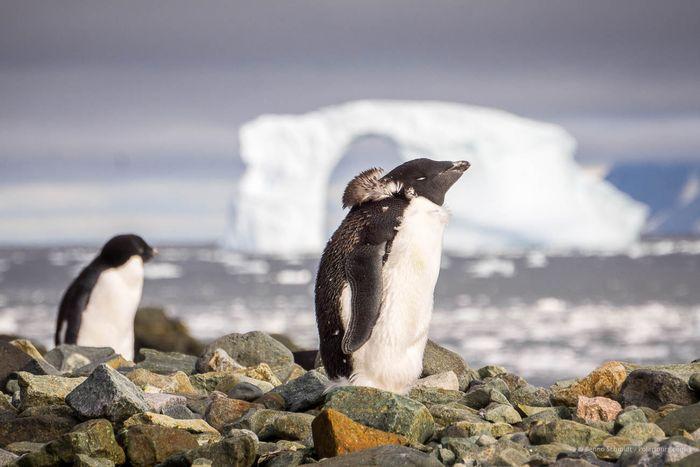
Wildlife in the South Shetland Islands
Unique flora and fauna of the South Shetland Islands
When exploring the South Shetland Islands, you will encounter a unique array of flora and fauna adapted to the harsh Antarctic conditions. From the iconic penguins waddling along the icy shores to the graceful seabirds soaring above, the islands teem with diverse wildlife. Seals basking on the rocky beaches and krill-filled waters attract larger marine predators, creating a vibrant ecosystem that thrives in the frigid waters.
Conservation efforts and biodiversity in the region
Efforts to preserve the fragile ecosystem of the South Shetland Islands are ongoing, with several international research stations conducting studies on the region's biodiversity. Conservationists work tirelessly to monitor and protect the unique species that call these islands home, from implementing strict regulations on tourism to studying the impact of climate change on resident populations.
The delicate balance of nature in this remote wilderness underscores the importance of global conservation efforts to ensure the continued existence of these remarkable species.

Exploration and Research in the South Shetland Islands
Historical expeditions to the South Shetland Islands
Explorers throughout history have ventured to the South Shetland Islands in search of new territories and scientific discoveries. They braved the icy waters and unpredictable weather to uncover the secrets of this remote region, mapping the islands and documenting the unique wildlife that inhabits them. Their expeditions laid the groundwork for future research and conservation efforts, providing valuable insights into the ecological significance of these isolated islands.
Scientific research and discoveries in the region
Researchers and scientists continue to conduct groundbreaking studies in the South Shetland Islands, unravelling the mysteries of this pristine environment. Through advanced technologies and innovative methodologies, they delve into the intricate relationships between species and their habitats, shedding light on the complex dynamics that drive this delicate ecosystem. Discoveries ranging from rare species sightings to climate change impacts contribute to our understanding of the fragility and resilience of life in the Antarctic region.
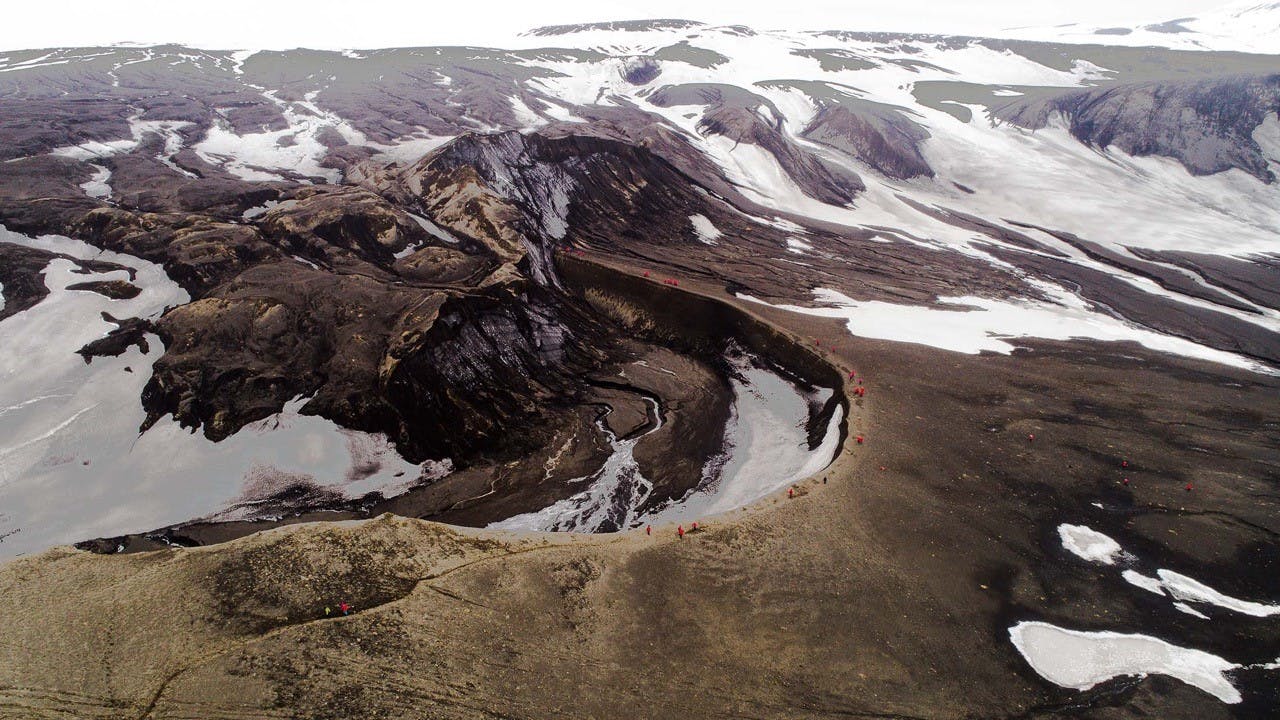
Points of Interest in the South Shetland Islands
Deception Island: Volcanic landscapes and natural hot springs
Deception Island, located in the South Shetland Islands, is renowned for its dramatic volcanic landscapes and unique natural hot springs. Visitors to this extraordinary island can witness the raw power of nature as they explore the rugged terrain shaped by volcanic eruptions. The presence of natural hot springs offers a one-of-a-kind opportunity to bathe in rejuvenating thermal waters, providing a surreal juxtaposition against the island's harsh environment.
Livingstone Island: Historic sites and diverse wildlife
Livingstone Island, situated within the South Shetland Islands archipelago, draws visitors with its rich history and diverse wildlife. The island's historic sites witness past expeditions and explorations, offering a glimpse into the challenges early adventurers face in this unforgiving terrain.
Additionally, the island is a haven for wildlife enthusiasts, with opportunities to observe a variety of species in their natural habitats, from seabird colonies to marine mammals.
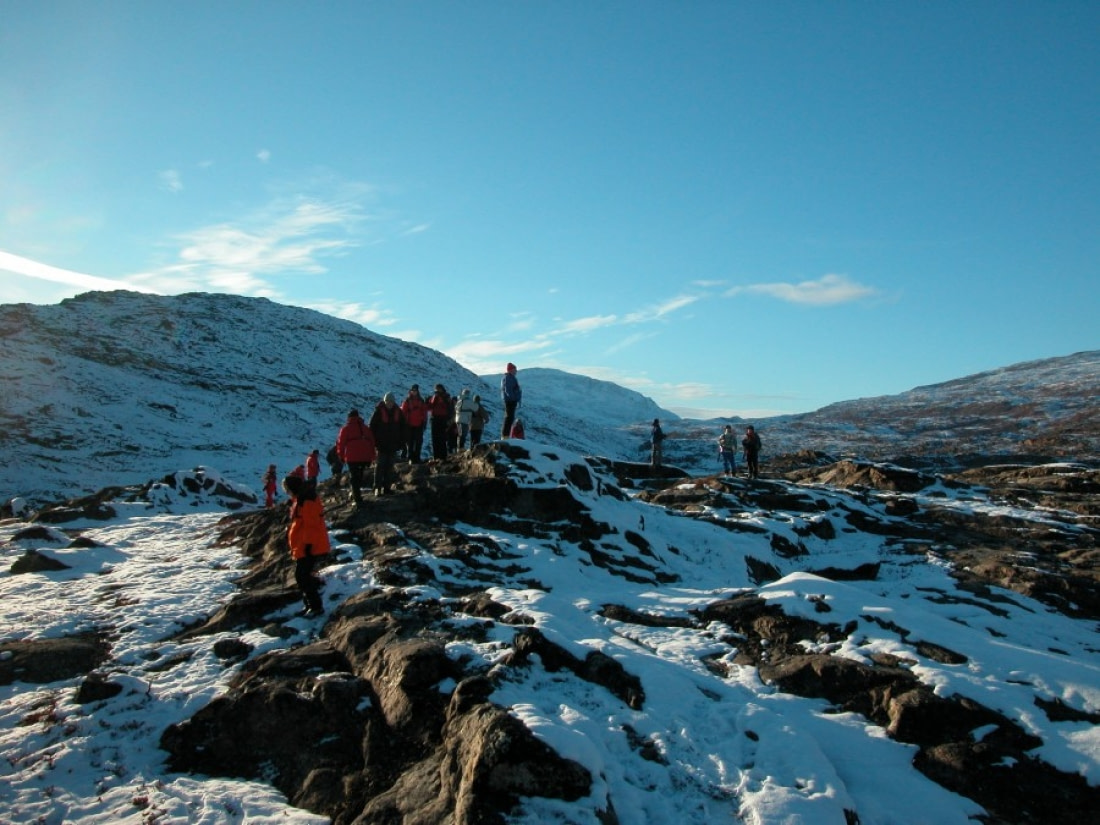
Activities in the South Shetland Islands
Hiking and trekking opportunities in the region
When visiting the South Shetland Islands, you will have numerous opportunities for hiking and trekking through the diverse landscapes. Whether you're an experienced hiker looking for a challenging ascent or a leisurely walker seeking stunning views, the islands offer trails suitable for all levels of adventurers. Explore the rugged terrain, witness unique flora and fauna, and experience the untamed beauty of this remote wilderness.
Kayaking and wildlife-watching experiences
Embark on unforgettable kayaking excursions to immerse yourself in the pristine waters surrounding the South Shetland Islands. As you paddle through icy channels and along spectacular coastlines, watch for the abundant wildlife that calls this region home.
From playful seals to majestic whales, the waters teem with marine creatures waiting to be discovered. Take in the breathtaking sights while respecting the natural environment and its inhabitants.
Tourism in the South Shetland Islands
Cruise options and expedition tours to the South Shetland Islands
When you plan a visit to the South Shetland Islands, you'll find various cruise options and expedition tours that cater to different preferences and durations.
Plenty of choices are available, whether you prefer a luxurious cruise ship experience or a more adventurous expedition tour. These tours often include visits to multiple islands, guided excursions on land, and opportunities to witness the diverse wildlife that inhabits the region.
With experienced guides leading the way, you can explore the hidden gems of the islands and create lasting memories of your journey to this remote destination.
Responsible tourism practices and guidelines in the region
As a visitor to the South Shetland Islands, it is crucial to adhere to responsible tourism practices to minimize your impact on the fragile ecosystem. Respect the natural environment by following designated trails, avoiding disturbance to wildlife, and properly disposing of waste. Additionally, support local conservation efforts by learning about the unique ecosystems of the islands and the conservation challenges they face.
By practising responsible tourism, you can help preserve the beauty and biodiversity of the South Shetland Islands for future generations to enjoy.
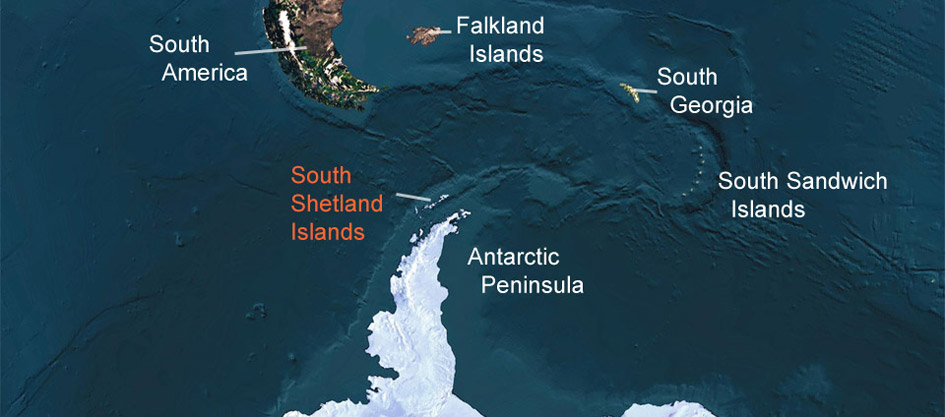
Environmental Challenges and Conservation Efforts
Impact of climate change on the South Shetland Islands
When visiting the South Shetland Islands, it's important to be aware of the significant impact that climate change is having on this fragile environment. Rising temperatures, melting ice, and changing weather patterns are affecting the islands' ecosystems, endangering the unique wildlife that calls this region home.
As a responsible visitor, understanding these challenges can help you appreciate the urgency of conservation efforts and the need to protect this pristine wilderness.
Conservation initiatives and sustainability projects
Various conservation initiatives and sustainability projects are underway in the South Shetland Islands to address the region's environmental threats. These efforts focus on protecting the delicate balance of the ecosystem, preserving biodiversity, and mitigating the effects of human activities.
By supporting local conservation organizations and participating in sustainable tourism practices, visitors can contribute to these important initiatives and help safeguard the natural heritage of the islands for future generations.
